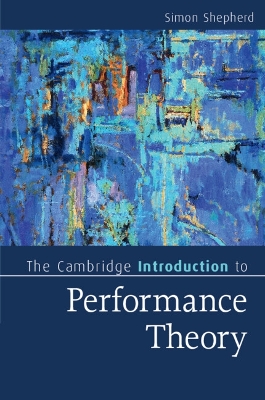Cambridge Introductions to Literature
2 total works
What does 'performance theory' really mean and why has it become so important across such a large number of disciplines, from art history to religious studies and architecture to geography? In this introduction Simon Shepherd explains the origins of performance theory, defines the terms and practices within the field and provides new insights into performance's wide range of definitions and uses. Offering an overview of the key figures, their theories and their impact, Shepherd provides a fresh approach to figures including Erving Goffman and Richard Schechner and ideas such as radical art practice, performance studies, radical scenarism and performativity. Essential reading for students, scholars and enthusiasts, this engaging account travels from universities into the streets and back again to examine performance in the context of political activists and teachers, countercultural experiments and feminist challenges, and ceremonies and demonstrations.
British theatre has long been regarded as a world-leader in terms of its quality, creativity and range. Starting in 1900, this book introduces the features that characterise modern and current British theatre. These features include experimental performances under motorways alongside plays by Stoppard and Ayckbourn, amateur theatre and virtual spaces, the emergence of the director, the changing role of writers and political and community shows. The book is clearly divided into four sections: where it happens, who does it, what they make and why they do it. It discusses theatre buildings and theatre which refuses buildings; company organisation, ensembles and collectives, and different sorts of acting. A large section describes the major work done for the stage, from Shaw through to Complicite, via poetic drama, different sorts of realism and documentary drama. The Introduction stands apart from other accounts of modern British theatre by bringing together buildings, people and plays.

